The 11th Annual Scientiae Meeting took place in Brussels on June 11–14. TOME members Petr Pavlas, Lucie Storchová, Lenka Řezníková, Márton Szentpéteri, Martin Žemla, and Alessandro Nannini attended the meeting and presented their research at two conference panels:
- From Harmony to Vanity, and Back Again. Hope and Frustration in the Early Modern Knowledge Cultures through the Lens of Metaphorical Expression.
- The Power of Taste, the Taste of Power, and Georgics of the Soul: Early Modern Psychophysical Metaphors of Knowledge.
These panels explored diverse aspects of early modern knowledge cultures, focusing on metaphorical expression, and psychophysical metaphors with respect to the phenomena of power and taste.
Below, you can read summaries of the panels and talks to gain further insights into the topics. At the very end of this post, you can look at some photos to get a picture about the speakers, papers, listeners, and the overall atmosphere of the panels.
From Harmony to Vanity, and Back Again. Hope and Frustration in the Early Modern Knowledge Cultures through the Lens of Metaphorical Expression
Chair: Lucie Storchová
Rationale of the panel
- If intellectual history seeks to understand how human rational agents of the past were thinking and what they thought, it cannot proceed without the assumption of a similarity between the present historian-interpreter and the early modern figures under study. By a sort of “empathising”, the historian tacitly presupposes an analogy, if not identity, between his or her nature and the nature of the historical persons. Clearly, then, such an “empathy” must include the cognitive, volitional, emotional and social aspects of human personality: the “empathised” historical actors (the object of research) and the “empathising” historian-interpreter (the subject of research). Therefore, it makes sense to study the history of hope, its subjects and objects. The aim of such a history is not to be psychologizing but to be scientific in a broader sense: the history of hope is the history of human teleonomy, i.e., the history of desires, motives, intentions, goals, aspirations and ambitions, both of individuals and groups. Thus, this panel is devoted to the hopes (and frustrations) of three early modern intellectuals: Jan Amos Comenius, Miklós Bethlen, and Johann Heinrich Bisterfeld. The fluctuation between hope and frustration can be seen on the metaphors used, and on the associated sentiment.
Lenka Řezníková
The Metaphor of Harmony in Comenius and in Early Modern Science
- Jan Amos Comenius is sometimes said to be a “thinker of harmony”. He systematically implemented the metaphor of harmony into his epistemology to describe the natural “consonance” of all things, imitate God’s order, and control the coherence of the current knowledge. Using this musical metaphor abounding with strong mathematical and cosmological connotations, he manifested his advanced intellectual predilection for order and revealed significant sources of his conceptual thinking. On the one hand, his church, the Unity of Brethren, had a highly developed musical culture and music was extensively practised in the Unity (Jan Blahoslav’s Musica, various books of liturgical canticles, etc.). On the other hand, there are many other prominent “thinkers of harmony” in early modernity: Comenius’ eclectic teacher Alsted with his Logicae systema harmonicum and Physica harmonica, Johannes Kepler with Harmonices mundi, Marin Mersenne with Harmonicorum libri XII, and, of course, Gottfried Wilhelm Leibniz, to name just a few examples. By confronting Comenian texts (including his Gospel harmonies, unfortunately only partially preserved) with the NOSCEMUS database of digital transcriptions (=ca. 1000 representative early modern scientific texts) and some other sources, this study will analyse the heuristic and explanatory function of this metaphor in Comenius and within early modern scholarly discourse.
Márton Szentpéteri
King Solomon in Transylvania: Miklós Bethlen and his Castle
- This paper intends to highlight the tantalizing intellectual tension between the sceptic view of the late Count Miklós Bethlen (1642-1716) in his Memoires on architecture as ‘vanitatum vanitas’ and his earlier progressive building project in Betlenszentmiklós / Sânmiclăus. Whereas the late Bethlen’s self-fashioning is driven by the worldview of the Ecclesiastes / Kohelet commonly accepted in Bethlen’s age as written by King Solomon, his country house built between 1667 and 1683 shows a fundamental influence of his teacher, Nicolaus Goldmann’s (1611-1665) theory of universal architecture in the footsteps of the Jesuit Juan Bautista Villapando’s (1552-1608) reconstruction of the Temple of Solomon. This case study offers a unique possibility of comparing cognitive metaphors in discursive sources as in Bethlen’s autobiography to such architectural embodiments of cognitive metaphors as Bethlen’s country house in Transylvania.
Petr Pavlas
Labyrinth of Encyclopaedia. The Hopes of Johann Heinrich Bisterfeld in the Quest for Universal Knowledge
- Johann Heinrich Bisterfeld (1605–1655) takes one of the central positions among the Herborn encyclopaedists. In spite of the publication of the Encyclopaedia septem tomis distincta by his teacher and father-in-law Johann Heinrich Alsted (1588–1638) in 1630, Bisterfeld himself did not fully accept the new meaning of “encyclopaedia” as a book of all which can be currently learned and known (omne scibile). His understanding of encyclopaedia remained homonymous: it is neither only universal knowledge as embodied in a sort of medium or storage, nor only a cluster or system of universal knowledge, but it is also an internal habit (habitus), or, as we would call it today, an intellectual capital – both individual and super- individual. Although, for Bisterfeld, the encyclopaedia – i.e., the amphitheatre of the world – is mostly furnished with positive sentiment, it is not always the case. For him, the encyclopaedia is also a labyrinth, from which the true philosopher must find Ariadne’s thread in order to escape and enter the light of day. This paper traces the specificity of Bisterfeld’s concept of encyclopaedia, which can be best seen when compared with Alsted and Comenius, his fellows in the same quest.
The Power of Taste, the Taste of Power, and Georgics of the Soul: Early Modern Psychophysical Metaphors of Knowledge
Chair: Petr Pavlas
Rationale of the panel
- This panel delves into the early modern world of sensory metaphorics, bodily imageries, and agricultural symbolism. The three papers presented explore the ways in which the taste, the body, and the cultivation were used as semantic source domains for metaphors of knowledge, power, and education. The first paper challenges the dominance of physical seeing as the metaphor for knowledge during this transformative era by exploring the unconventional role of taste (and smell) as a metaphor for true knowledge, unveiling its significance in shaping some key notions through the works of Nicholas of Cusa, Paracelsians, German mystics, and other influential intellectual figures. The second paper investigates the early modern development and transformation of bodily metaphors of power, offering insights into gender imageries alongside discourses on political, ideological, and confessional bodies. The third paper traces the evolution of agricultural metaphors in early modern thought: how it was developed by Francis Bacon and disseminated in the German context through Samuel von Pufendorf and Arnold Wesenfeld. The examination reveals how the agricultural metaphor became central to the concepts of “Kultur” und “Bildung”, i.e., (re)making the image (Bild) of God in man through cultivation, (re)formation and enlightenment.
Martin Žemla
See, Hear, Taste. Sensory Metaphors in 16th and 17th Century Paracelsianism, Weigelianism, and Rosicrucianism
- In both Platonic and Aristotelian philosophy, sight is traditionally considered the most exalted in the hierarchy of the five bodily senses. Accordingly, vision, the eye, and light have been regarded as eminent metaphors of (ultimate) knowledge. In 16th-century Lutheran theology, a place of honor was accorded to hearing: listening to God’s words was considered the way to true knowledge beyond “false light” and delusional ideas. Alongside this, there was a mystical tradition that did not favor seeing or hearing, but tasting as the proper metaphor for true knowledge. The “lowest” of the senses, which is at once the most intimate but also the most difficult, if not impossible, to operationalize and measure, opens the way to the hidden dimensions of being. In the early modern period, such an approach was brought about by late medieval German mysticism with its negative theology. This perspective inspired Nicholas of Cusa in his doctrine of “docta ignorantia”, which found its reception in some 16th- and 17th-century authors. The paper will discuss the role of particular sensory metaphors in the formation of some important concepts of knowledge.
Lucie Storchová
Of Heads and Members: Bodily Metaphors and Early Modern Discourses of Power
- Hans Blumenberg, the founder of “metaphorology”, characterizes absolute metaphors as entities in power of our understanding of reality. That is why this study focuses on the early modern development and historical change in the metaphors of power themselves: in individual gender and bodily imageries, but also in discourses on political, ideological and confessional bodies. In fact, bodily metaphors seem to be the very core of the metaphorics of power and the political discourse in general, for instance, the images of “health”, “decline”, “sickness”, “illness”, “disease”, and “remedy”. Special attention was also paid to “members” of both body and society and their cooperation as well as naturalized hierarchies. By using the digital corpora of early modern scholarly texts, this study will analyze and describe the chronological and confessional differences in the use of these metaphors in between the 16th and 18th centuries.
Alessandro Nannini
Georgics of the Soul: Agriculture as Cultivation of the Self in the Early Modern Age
- Since Marcus Porcius Cato’s De Agri Cultura and later with Cicero’s Tusculanae, agriculture has provided a metaphorical network for thinking about the constitution of the good man and the good citizen. In the early modern age, the idea that the cultivation of the soul is similar to the cultivation of seeds, a metaphor with a Stoic flavor, spread rapidly particularly following its use by Francis Bacon in his De Augmentis Scientiarum (1623). In the present article, I intend to survey first the role of the agricultural metaphor in Francis Bacon, dwelling on its relation to Virgil’s Georgics; second, I intend to investigate the way in which this image spread in the German context, particularly in two authors who developed Bacon’s metaphor: Samuel von Pufendorf (De Jure Naturae et Gentium, 1672; 16842) and Arnold Wesenfeld (Georgica animi et vitae, 1696). By looking at the strategies by which this metaphor is taken up and the contexts it covers (logical, moral, etc.), I intend to show how it becomes the heart of the metaphorical network of Bildung, originally the process by which the human takes the image, the Bild, of God and then in general the process of human formation, which will be at the heart of the German Enlightenment. In this way, I hope to shed new light on one of the most significant backgrounds of the modern idea of culture.
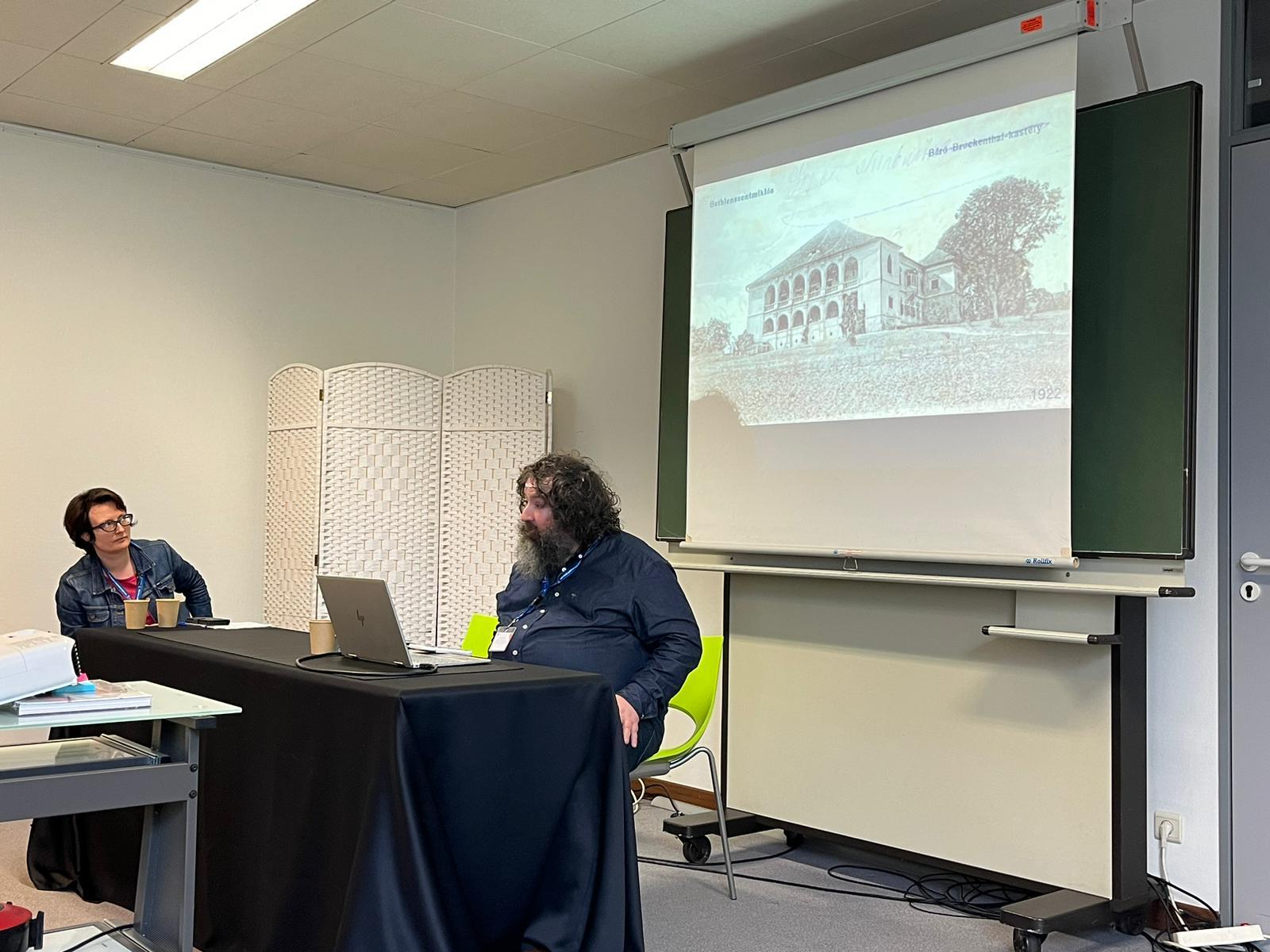
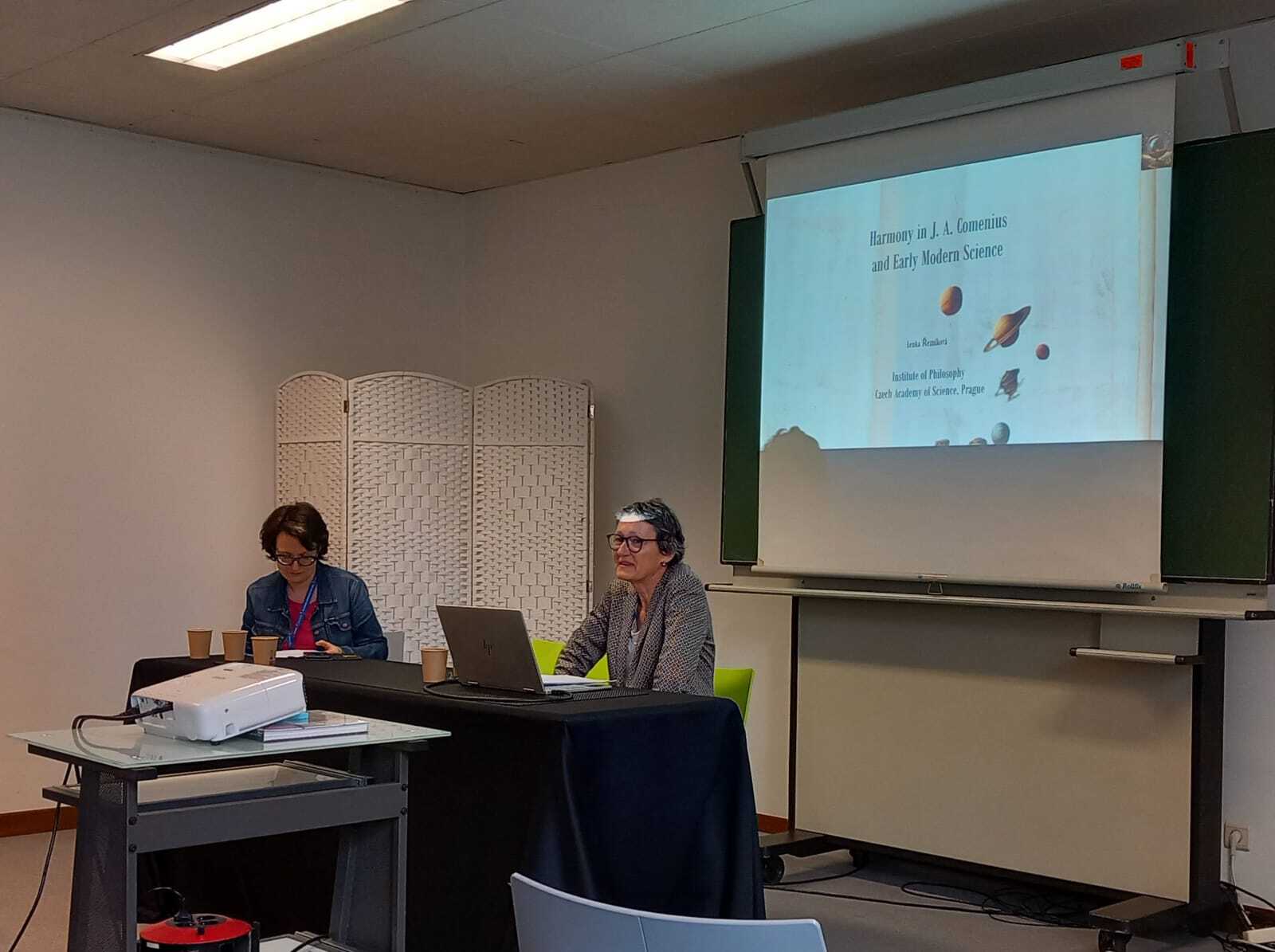
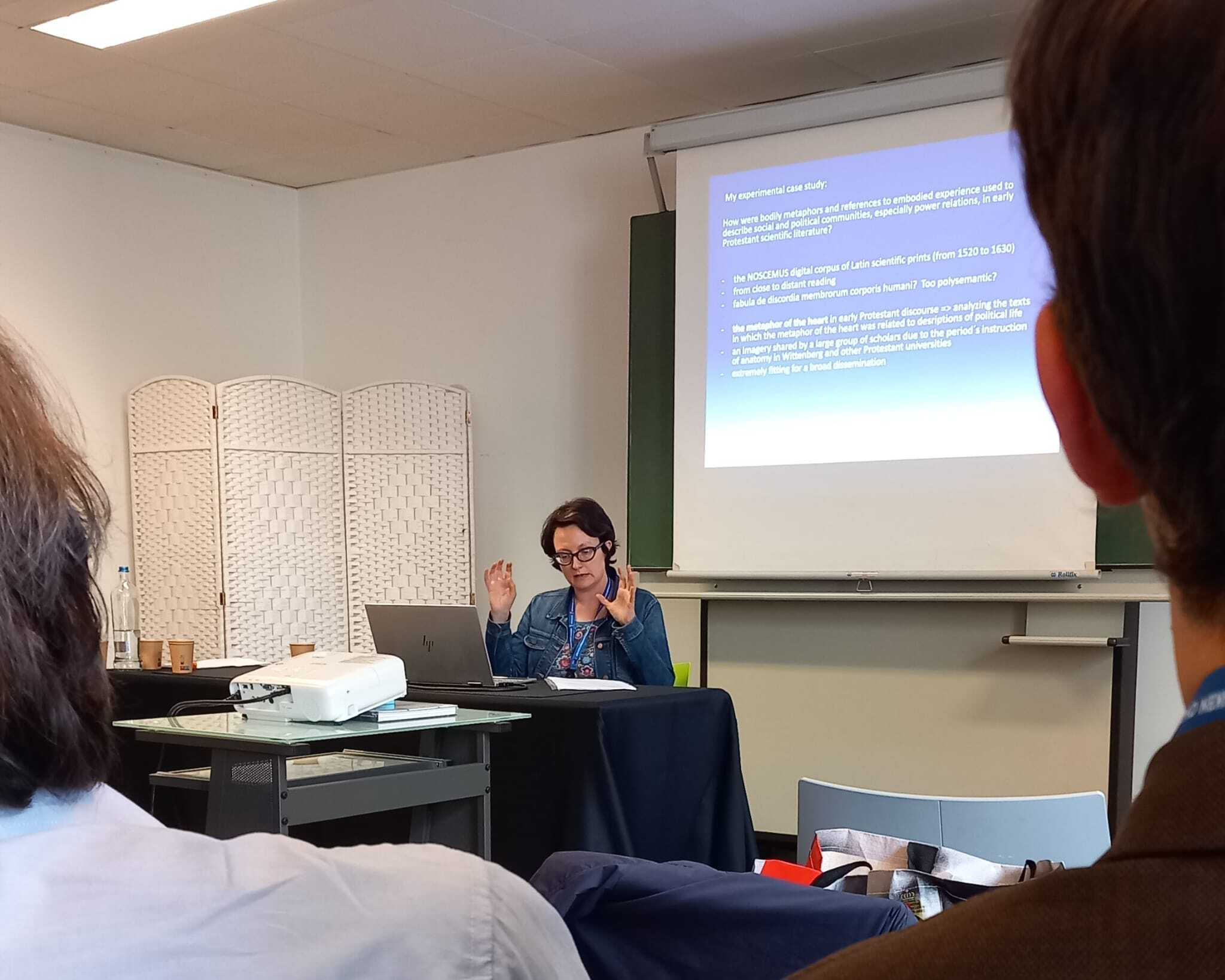
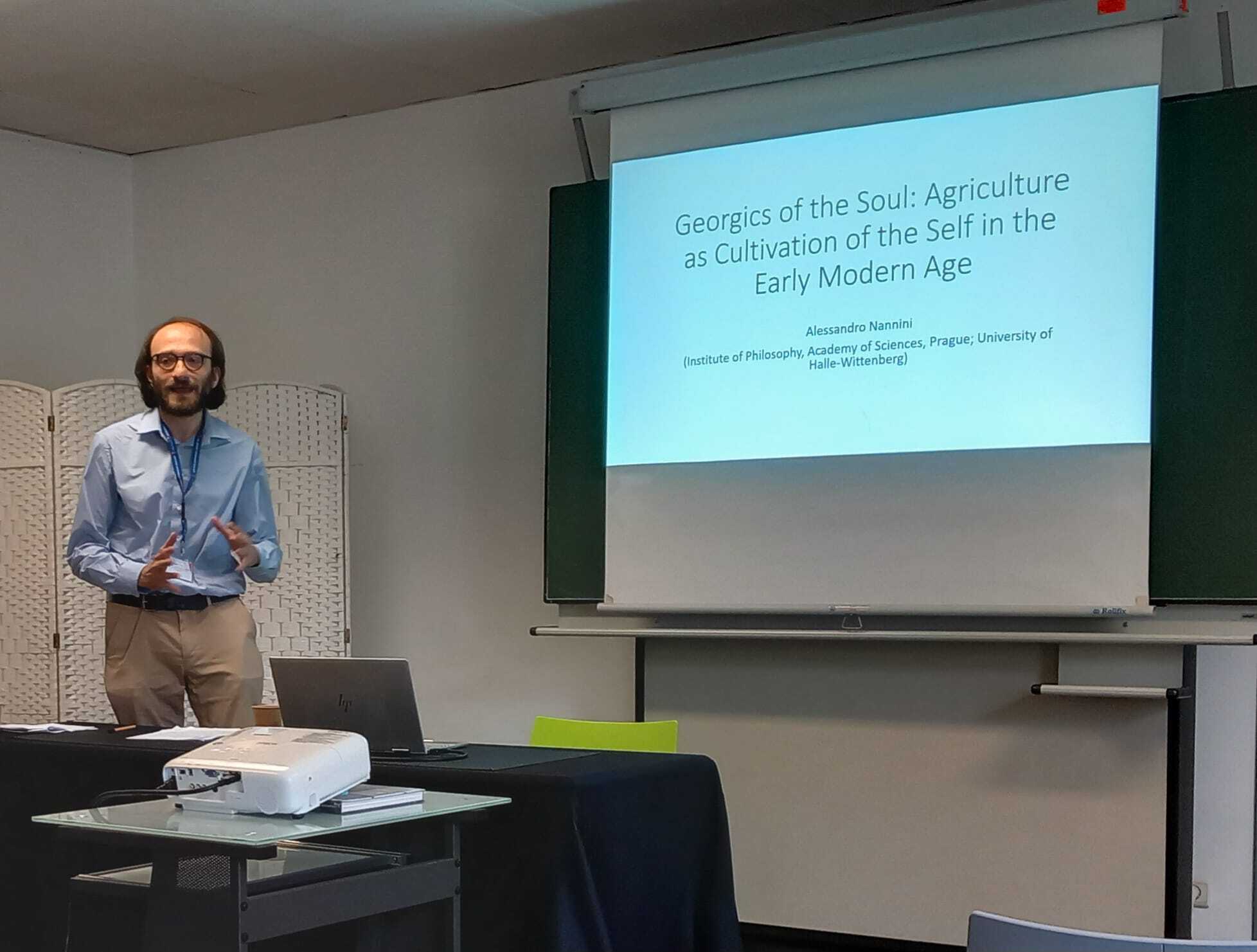
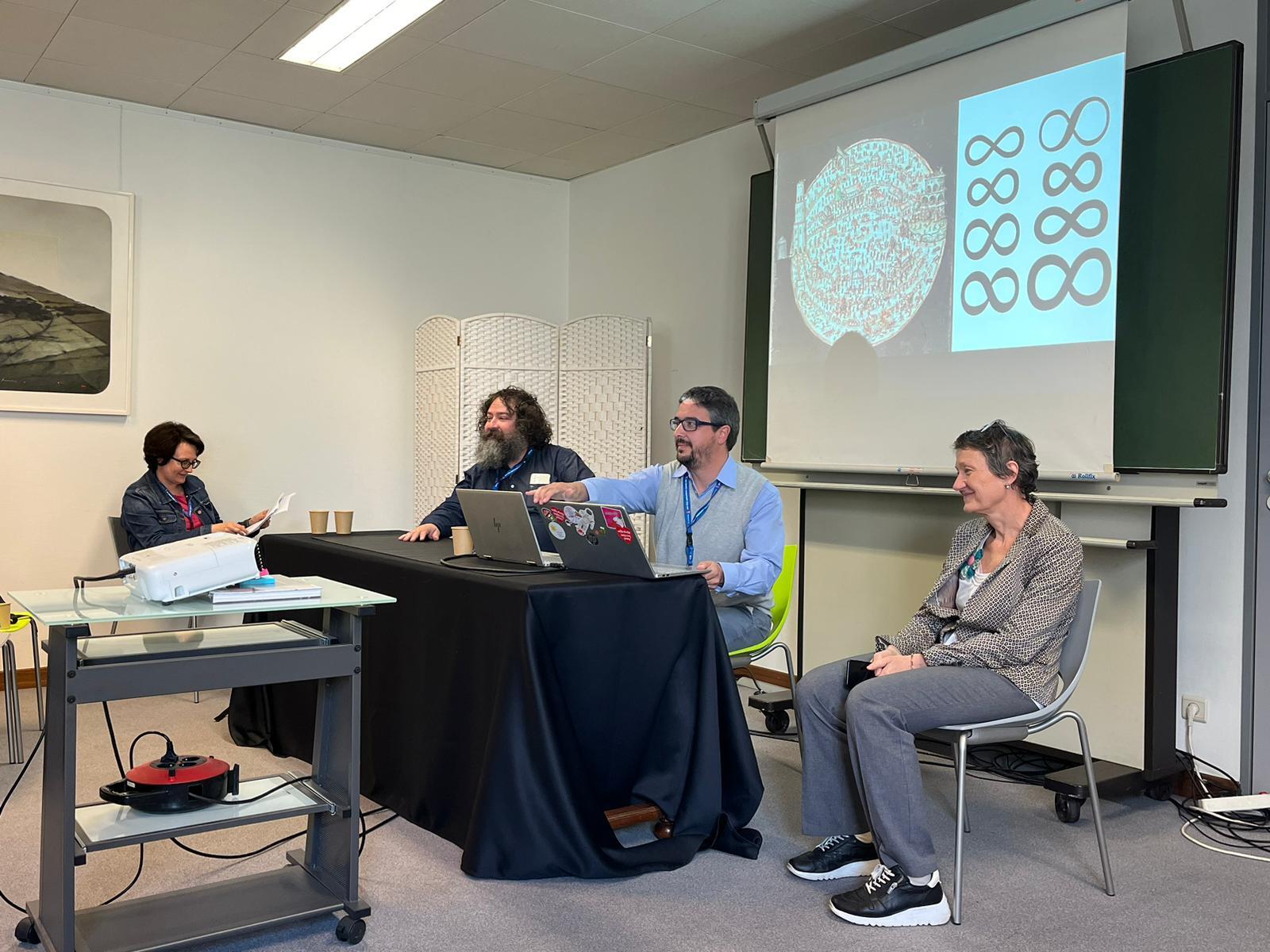

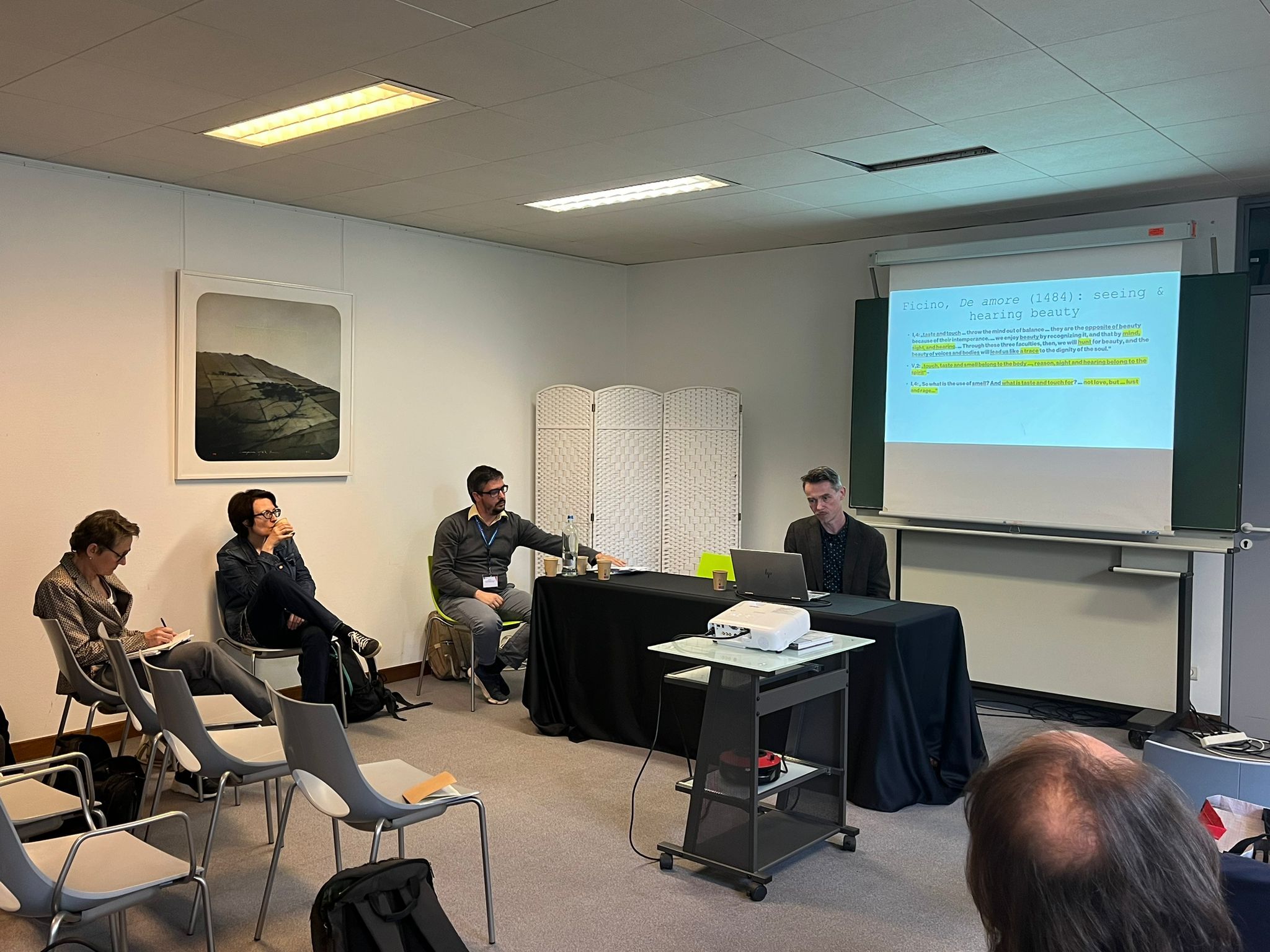
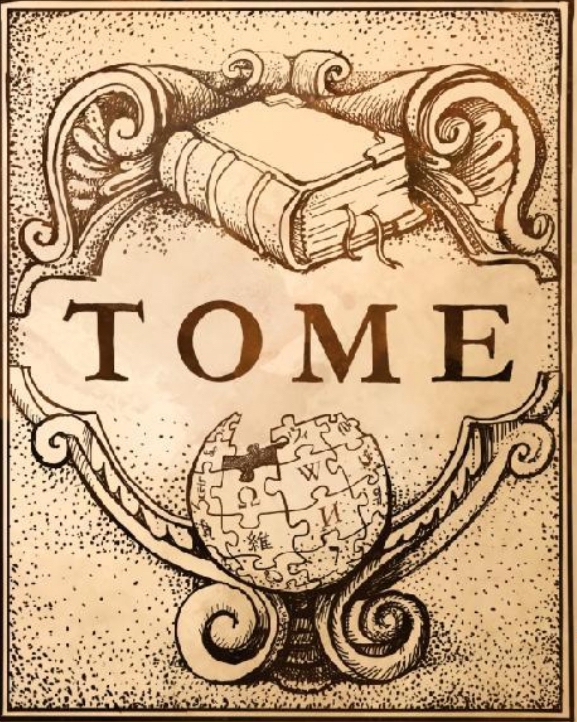
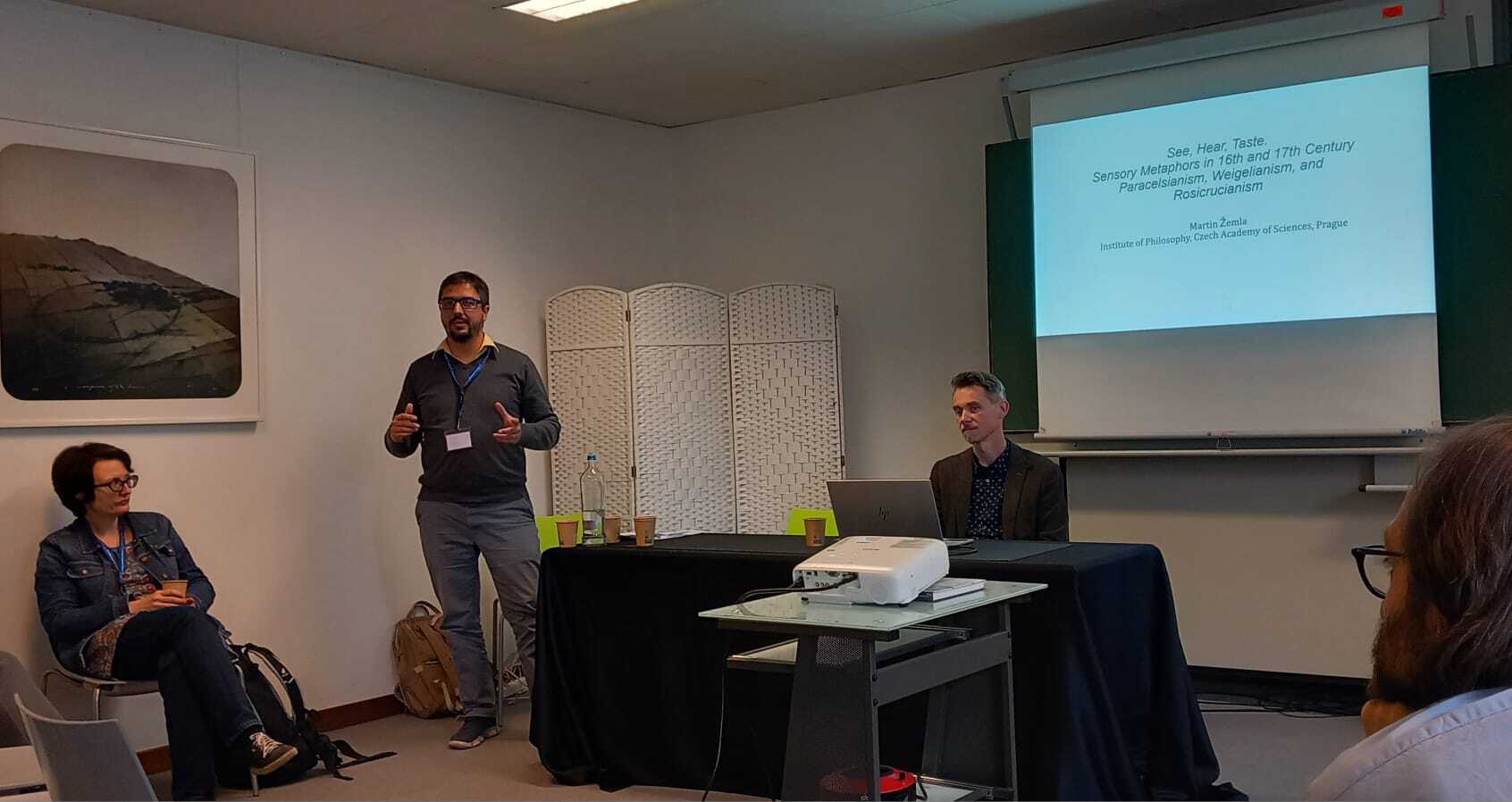
Leave a Reply